Seochon Guest House [Korea Quality] / 서촌 게스트하우스 [한국관광 품질인증]
4.7Km 2023-04-07
28-3, Jahamun-ro 7-gil, Jongno-gu, Seoul
+82-010-3345-9680
Seochon Guest House is located in Seochon, which is becoming a hot place for tourists in Seoul, and precisely on the road to Suseong Valley, whichis filled with interesting stores and is also well-known for Park Nosoo Art Gallery and the House of Yun Dong-ju (poet). Seochon Guest House is nicknamed ‘Jaeminangol (interesting village)’ after Baekseok’s poem ‘Yeowunangol’, with the aim of providing a visit full of interesting experiences. Passing through a garden and entering the main building, the unique charm of this hanok building, the staircase to get to the first floor from daecheong (main floored room), catches the eye of the visitors. In addition, the building is decorated with various stylish objects including paintings and Korean musical instruments. The terrace situated on the first floor offers an open view of the surrounding area including roof tiles of hanok structures and alleyways in Seochon. It is said that Korean novelist Yoon Hu-myeong also appreciated the structure of the guesthouse, saying, “It is an interesting place.” Built in the 1930s, the house, which has many storage places, was taken by the owner couple in spring 2014 as they were attracted by the house during their trip to Seochon. After the repair work, the ground floor of the house was opened for guests from January 2016, hoping that guests could share their daily experiences and stories with each other. The guestrooms and the main floored room on the ground floor are open to guests, with the exception of the first floor, which is used by the owner couple. The living room is equipped with books, a curved TV, and a table. The tasty meal, which is served in the kitchen, consists of rice and soup with six side dishes and is much loved by guests. The guesthouse offers a total of four rooms – Jae Room, which is the most Korean-style room; Mi Room, which has a combined style of a Korean-style room and Western-style room; Nan Room, which is an ideal room for meditation with a beautiful paper window; and Ahn Room, which is equipped with a veranda and a pretty flowerbed. Every room has its separate charm with various comfortable bedding to provide a quiet and cozy bedroom for guests in the middle of the city. Furthermore, the guesthouse holds a pansori (epic chant) performance twice a year. The owner started learning how to sing pansori to promote the Korean culture and tradition to foreigners. When a pansori performance is held, the owner offers traditional Korean snacks and drinks including sikhye (sweet rice punch), sujeonggwa (cinnamon punch), traditional sweets and cookies, and tteok (rice cakes) to visitors, tourists, and performers. Moreover, it provides cultural programs such as a Gukak (Korean classical music) experience, Korean traditional clothes experience, and making Korean food experience, as well as other activities with guests, such as trip to the city wall between Inwangsan Mountain and Bugaksan Mountain, and the Royal Palace Tour to Gyeongbokgung Palace, etc., as well as a trip to a traditional market.
Travelodge Myeongdong City Hall (트레블로지 명동 시티홀)
4.7Km 2021-06-25
22, Sejong-daero 16-gil, Jung-gu, Seoul
+82-2-6362-6000
Travelodge Myeongdong City Hall provides excellent and efficient customer services as well as convenient amenities for the comfort of all their guests. The hotel is only 3 minutes’ walk away from City Hall Station, and its location benefits both tourists and business travelers alike as it offers various transportation options with Seoul's popular tourist attractions in the vicinity, such as Deoksugung Palace and Namdaemun Market. The hotel features a sauna session and spa services to relieve stress and put one's body and mind at ease after a busy day of traveling.
Hanok Guesthouse Dongchonchae [Korea Quality] / 한옥 게스트하우스 동촌재 [한국관광 품질인증/Korea Quality]
4.7Km 2021-03-26
21-10, Jahamun-ro 11-gil, Jongno-gu, Seoul
Built in 1939, Dongchonchae was designated as Seoul Well Hanok by the Seoul Metropolitan City in 2016. In 2020, this hanok (traditional Korean house) received the Certificate of KOREA QUALITY from the Korea Tourism Organization in the Heritage Hanok field in recognition of its historicity and quality of services. Dongchonjae is located in the western side of Gyeongbokgung Palace, at Seochon. When one passes through its main gate, one sees the yard, with anchae (women's quarters), sarangchae (men's quarters), and byeolchae (detached quarters) surrounding the plot. Anchae has four rooms, daecheong (wood-floored main hall), a kitchen, and a restroom. One of the rooms is used for tea ceremonies as well. Outside of the sarangchae and byeolchae, which are the living spaces for the owners, visitors have free access to the numaru (raised open floor) and the yard. The anchae’s rooms “Bom” and “Yeoreum” can accommodate 2 to 3 adults each, while the rooms “Gaeul” (Tea Room) and “Gyeoul” are optimal for two. The building is rented out as a whole, so no more than one group may stay in the building at any given time. Standard occupancy is four persons, and eight is the maximum number. There are two restrooms, one within the anchae building, one out in the backyard.
Cooking is not allowed in the kitchen, but guests are free to bring in outside food. Experience programs on offer include nighttime exploration of Seoul City Wall, tea ceremony, folk songs, and rice cake making. Additional payment is only required for rice cake making. Guests may choose between two types of complimentary breakfast: Korean, which comes with rice, soup, and three side dishes; and Western, which comes with bread, salad, and coffee. There are a 100-in screen and mini projector for film watching in the yard or daecheong. Towels, toiletries, hair dryer, bottled water, traditional tea, and capsule coffee are included. The kitchen is equipped with kitchen utensils, a microwave, and a coffee pot, enough for instant foods. Guests also have access to refrigerator and washing machine
Jeonju Sikdang (전주식당)
4.7Km 2021-03-25
5-6, Yeouidaebang-ro, 61-gil, Yeongdeungpo-gu, Seoul
+82-2-843-6652
It is a dish made by steaming, seasoning, and braising Pollack with various vegetables. This Korean dishes restaurant is located in Yeongdeungpo-gu, Seoul. The representative menu is braised half-dried pollack.
Podam (포담)
4.7Km 2021-03-22
11, Jahamun-ro, 9-gil, Jongno-gu, Seoul
+82-2-733-0831
A store featured in Korean gourmet programs. This Chinese (cuisine) restaurant is located in Jongno-gu, Seoul. The most famous menu is dim sum.
Mercado de Pescados y Mariscos de Noryangjin (노량진수산물도매시장)
4.7Km 2024-01-25
Nodeul-ro 674, Dongjak-gu, Seúl.
Este mercados es un importante nexo distribuidor de productos pesquero en la ciudad de Seúl, inaugurado en 1927. Además, es el mercado mayorista más grande de Corea. Desde antes de entrar al recinto podrá sentir el fuerte olor del mar y el pescado. Se quedará impresionado por la escena dinámica de los comerciantes y compradores. Durante los 365 días del año podrá encontrar almejas, cangrejos, calamares, pulpos y otros mariscos y pescados frescos a un precio muy asequible. Además de comprar y llevárselo a casa, también podrá degustar los pescados crudos rebanados en el mismo mercado. Lo único que deberá hacer es comprar el pescado, llevarlo a algún restaurante.
Chosochaekbang Deosup del Monte Inwangsan (인왕산 더숲 초소책방)
4.7Km 2025-04-18
Inwangsan-ro 172, Jongno-gu, Seúl
Jeonju Hoegwan (전주회관)
4.7Km 2019-08-31
32-1, Sejong-daero 14-gil, Jung-gu, Seoul
82-2-778-6689
Well-known among both Koreans and foreigners, this restaurant has been specializing in traditional Korean dishes for more than 50 years. Its gopdol bibimbap is patented and also the most popular dish in the restaurant.
The Plaza (더 플라자)
4.7Km 2025-06-04
119, Sogong-ro, Jung-gu, Seoul
The hotel is ideally situated in the center of Seoul, located close to many office areas, major banks, the hotel, and the city's main public transportation junctions. Namdaemun Gate and many shopping areas are not too far, making it convenient for business guests and tourists alike. Also, the hotel faces the Blue House and the former City Hall building directly at closer distance, completing a spectacular view over Seoul.
Festival de Arte Callejero de Seúl (서울거리예술축제)
4.7Km 2024-08-29
Taepyeong-ro 1-ga 54-2, Jung-gu, Seúl.
02-758-2036
El Festival de Arte Callejero de Seúl se realiza en las principales plazas y espacios culturales que conectan las grandes calles y avenidas de Seúl. Diferentes manifestaciones artísticas callejeras encuentran un lugar de expresión en este festival. Desde el año 2003 se celebraba bajo el nombre de Festival Hi Seoul, pero en 2016 cambió por su actual denominación.
![Seochon Guest House [Korea Quality] / 서촌 게스트하우스 [한국관광 품질인증]](http://tong.visitkorea.or.kr/cms/resource/41/2447241_image2_1.jpg)
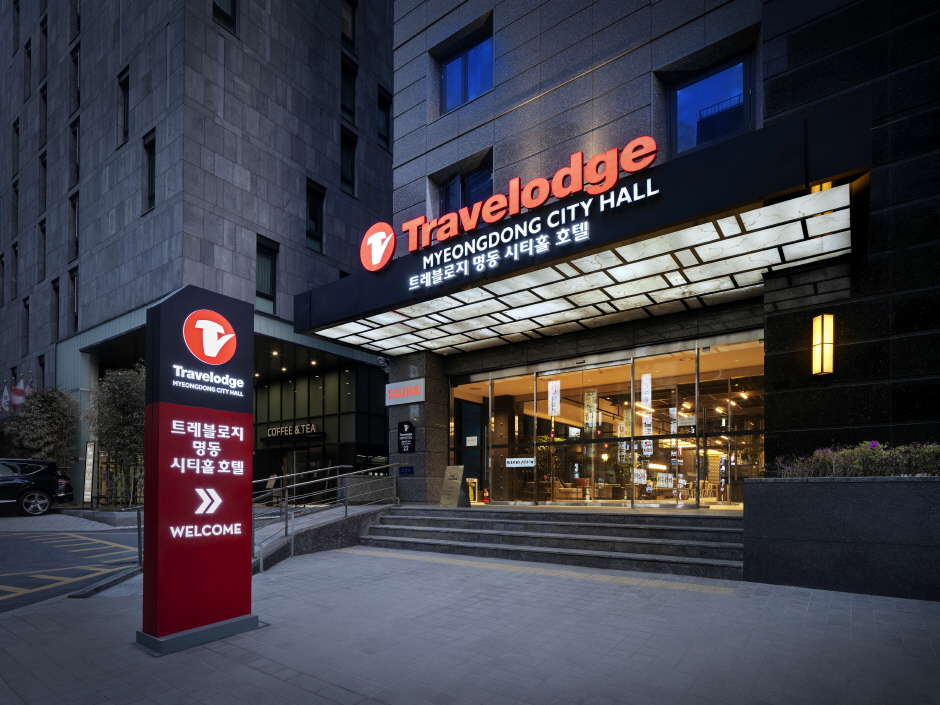
![Hanok Guesthouse Dongchonchae [Korea Quality] / 한옥 게스트하우스 동촌재 [한국관광 품질인증/Korea Quality]](http://tong.visitkorea.or.kr/cms/resource/96/2705896_image2_1.jpg)
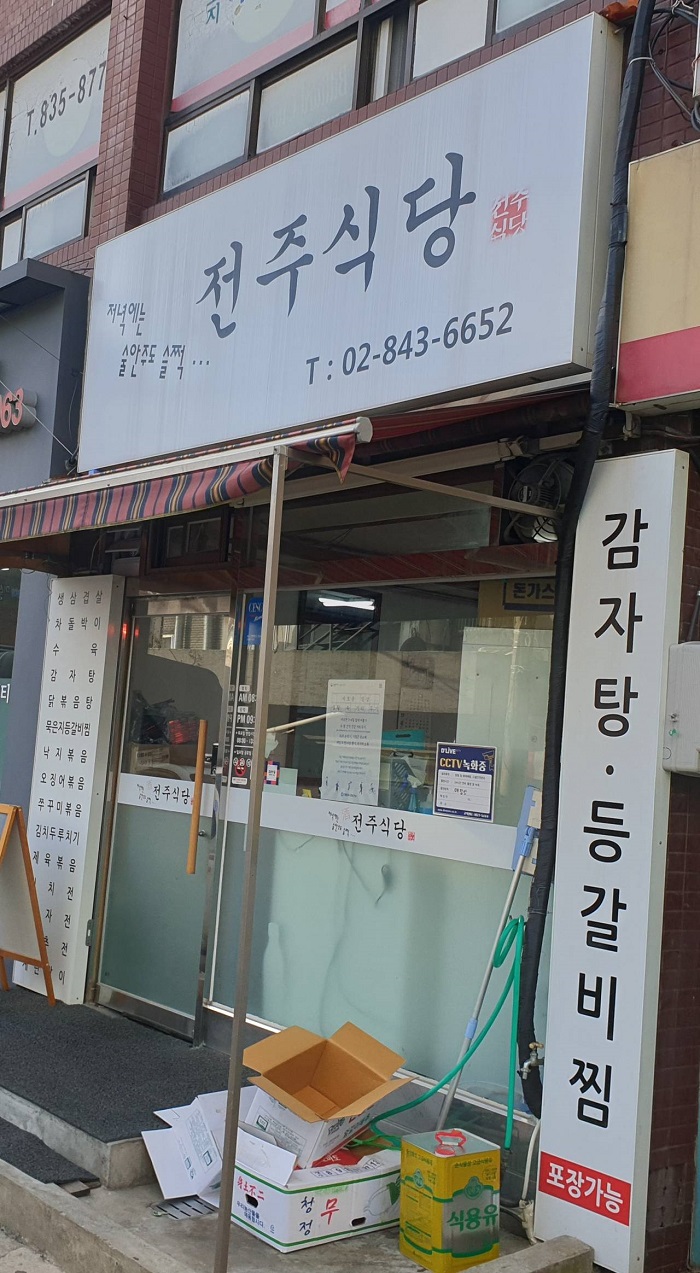
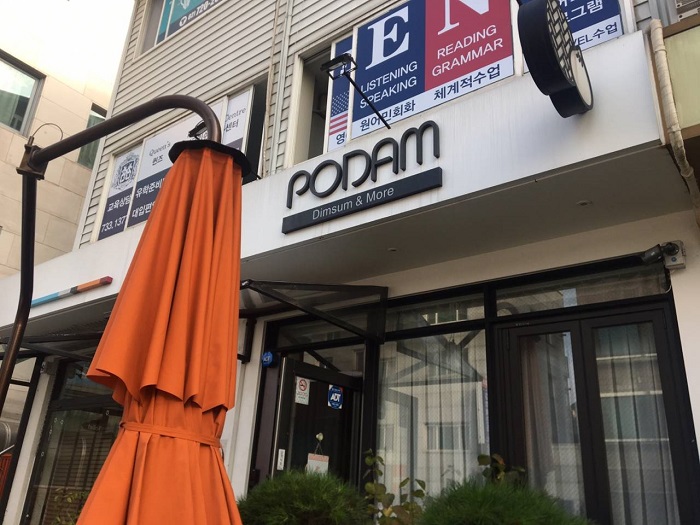

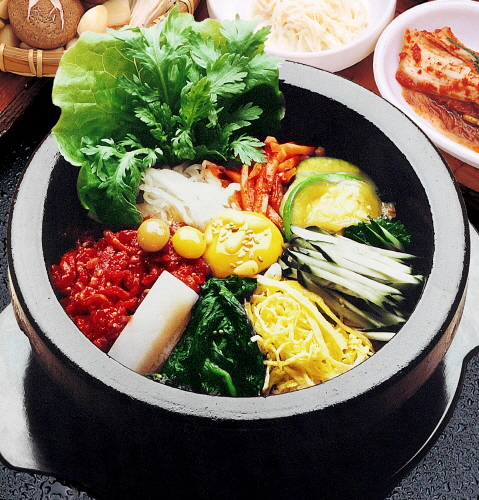

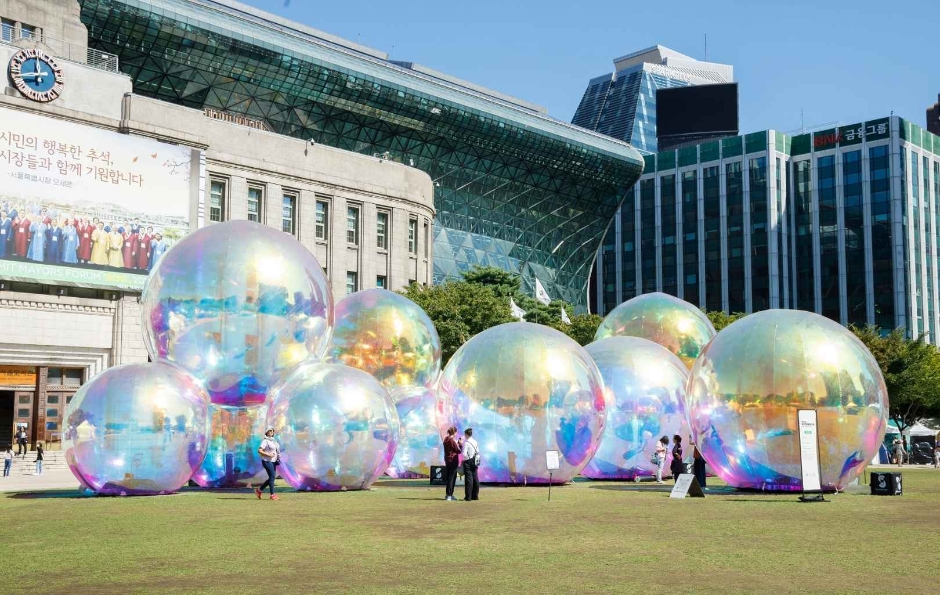
 Español
Español
 한국어
한국어 English
English 日本語
日本語 中文(简体)
中文(简体) Deutsch
Deutsch Français
Français Русский
Русский